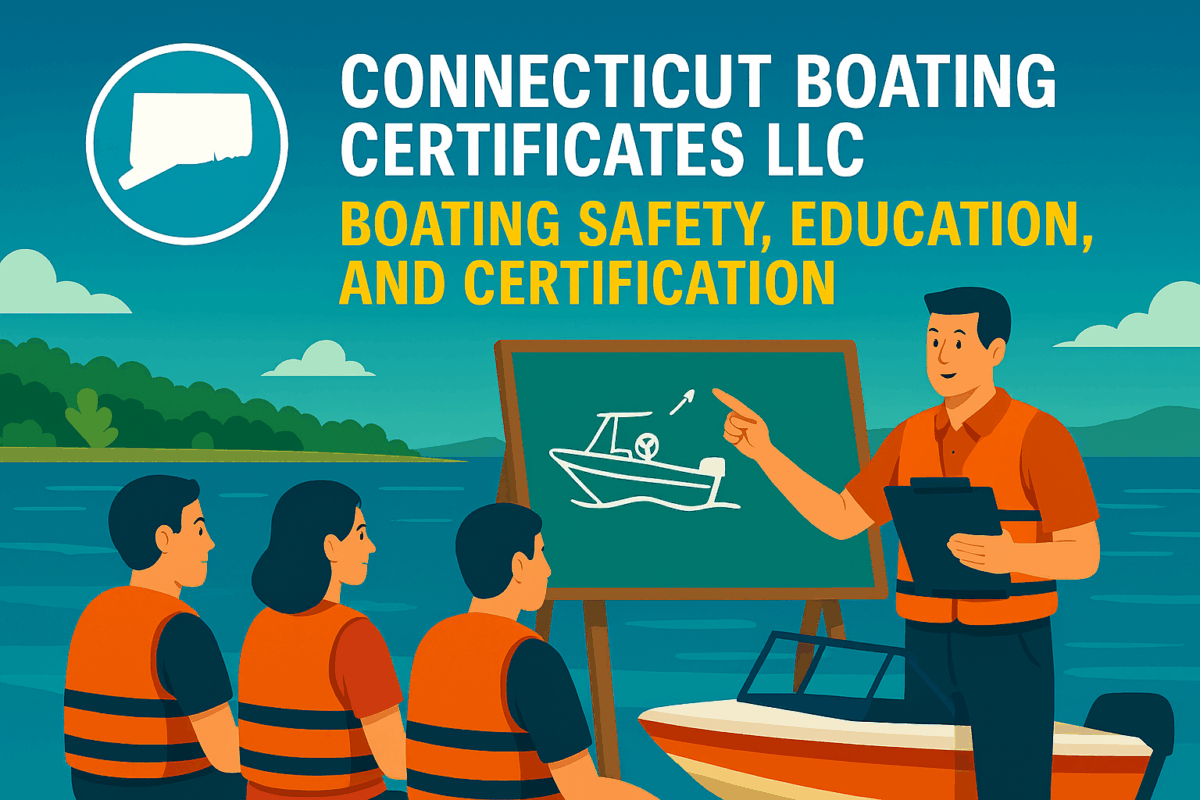Call: 1-800-832-7191

Mayday Emergency Radio Procedures
Mayday Emergency Radio Procedures: What Every Boater Must Know
Boaters must understand Mayday Emergency Radio Procedures before heading out. Emergencies happen fast, and clear communication saves lives.
A boating Mayday is an urgent distress call signaling immediate danger to life or vessel. It must be transmitted over VHF Channel 16 using the word “Mayday” repeated three times, followed by the vessel’s name, location, nature of emergency, and number of people aboard. This international signal prompts rapid response from nearby vessels and rescue authorities. Mayday should only be used in life-threatening situations—such as sinking, fire, or medical emergencies. False or misuse of Mayday calls is illegal and can delay real rescues. Boaters should practice proper radio protocol and keep calm to ensure clear, effective communication during emergencies.
Know When to Use “Mayday”
Use “Mayday” only during life-threatening emergencies. Examples include sinking, fire, collision, or serious injury onboard.
Avoid using “Mayday” for non-critical issues. Instead, use “Pan-Pan” for urgent but non-life-threatening situations.
Follow the Correct Mayday Emergency Radio Procedures Format
Speak slowly and clearly. Use channel 16 on your VHF marine radio. Begin with “Mayday” repeated three times.
Next, state your vessel name and call sign. Give your exact location using GPS coordinates or landmarks.
Describe the emergency briefly. Include the number of people onboard and any injuries. Mention your vessel type and color.
Stay on the Air
Keep the radio on after sending your message. Respond to any replies from the Coast Guard or nearby vessels.
Repeat your Mayday call every few minutes if no one responds. Stay calm and continue broadcasting until help arrives.
Practice Makes Perfect
Review Mayday Emergency Radio Procedures regularly. Practice with your crew during safety drills. Confidence improves response time during real emergencies.
Use Reliable Equipment
Check your VHF radio before each trip. Ensure the antenna works and the battery stays charged. Keep backup communication tools onboard.
Learn More about Mayday Emergency Radio Procedures and Stay Safe
Visit the U.S. Coast Guard Boating Safety Resource Center for more official guidelines. Their site offers training materials and emergency communication tips.
